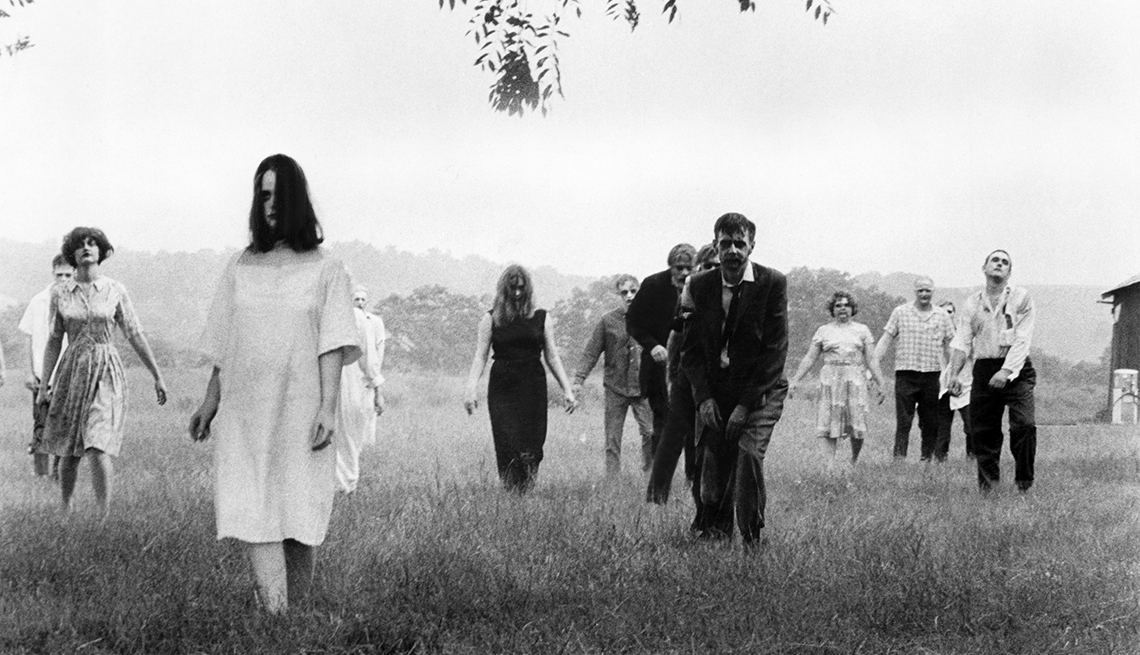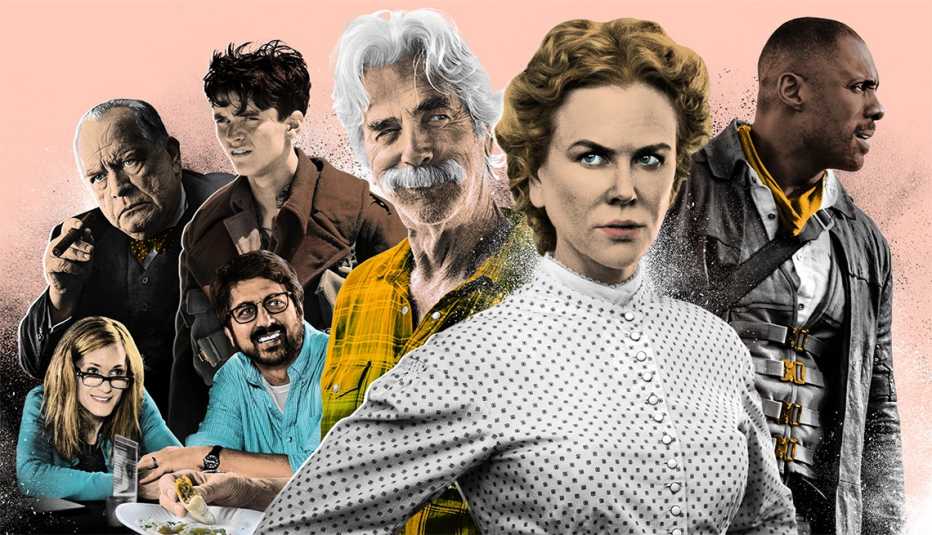Zombies may be merciless killing machines, but they also shine a bright light on society's ills.
At least they were in the hands of film director, writer, and producer George Romero, who died earlier this week at 77. Romero used the monsters of The Night of the Living Dead and its sequels and remakes to tell a story far beyond a simple us-versus-them plotline. And in doing so, he created the rules for modern zombies that live on in dozens of films and TV shows.


AARP Membership— $12 for your first year when you sign up for Automatic Renewal
Get instant access to members-only products and hundreds of discounts, a free second membership, and a subscription to AARP the Magazine.
"Looking at the films of George Romero reminds me of an eighth-grade geology map of the layers of the Earth's surface, because he just keeps drilling down into more and more cultural and historical awareness,” Max Brooks, who wrote the book World War Z, told Rolling Stone. "Dawn of the Dead is the single most searing indictment of his generation ever."
How big is Romero’s influence on all things zombie? Consider this: How many zombie movies and TV shows now have deeper, underlying themes? How many zombies across multiple film franchises look and act exactly like the zombies in Romero’s movies? How did zombie clichés become zombie clichés at all?
In fact, there is a whole zombie canon that can be traced back to Romero, including these common points:








